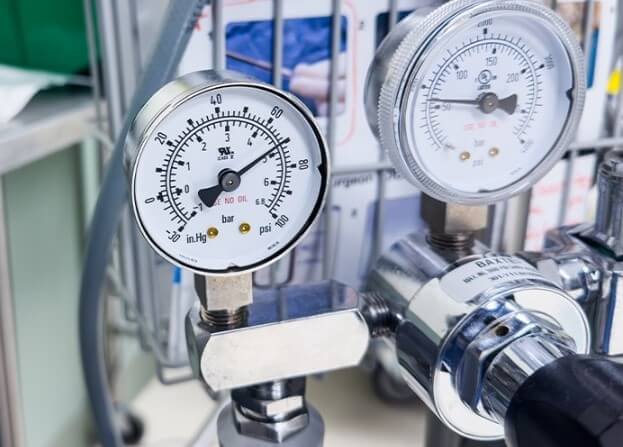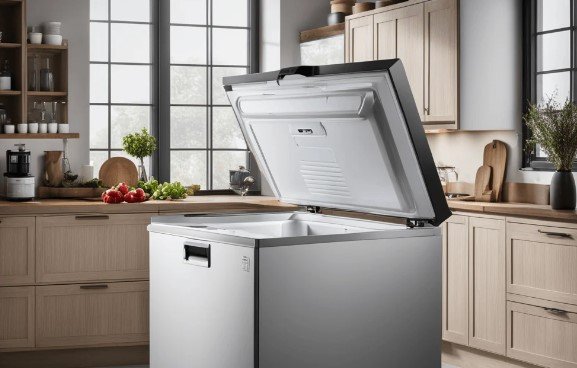Accuracy in measurement is important across industries in Singapore such that measurement error would compromise safety, quality control and efficiency. One aspect of this process is high pressure calibration, which involves adjusting and verifying the accuracy of pressure measurement equipment used in high-pressure environments. From the oil and gas sector to manufacturing, high-pressure calibration is necessary to ensure that instruments perform within their specified tolerances.
In this article, we’ll discuss the types of equipment that require pressure calibration at high pressure levels, how this process is carried out, and why it is essential for businesses in Singapore.
Why is High Pressure Calibration Important?
High pressure calibration is a process where pressure measurement instruments are tested against known standards to verify their accuracy. Pressure readings on equipment exposed to high pressure environments like pipelines, tanks or machinery have to be calibrated to ensure the proper reading. These instruments can yield inaccurate readings, which is not conducive to making good decisions, operational inefficiencies, and risking safety hazards unless appropriately calibrated.
Oil and gas, petrochemical, manufacturing and healthcare industries in Singapore depend significantly on high pressure equipment. Regular calibration ensures that these industries are complying with local regulations and world standards, whilst at the same time avoiding disruptions in operations and decreasing the downtime.
Types of Equipment That Require High Pressure Calibration
Pressure Transmitters and Sensors
Pressure transmitters and sensors are some of the most common instruments that need high pressure calibration. These devices take the form of physical pressure into an electrical signal, which can be monitored and recorded. However, in sectors such as oil and gas, pressure transmitters are using to measure the pressure in the pipes, vessels and tank pressure.
These sensors are subjected to high pressure conditions, therefore, they require proper calibration for accurate data. Small errors in calibration lead to situations that are potentially dangerous such as equipment failure or leaks. These devices are calibrated for the system to work safely and efficiently.
Pressure Gauges
They use pressure gauges to measure the internal pressure as they exist. In industries like manufacturing, automotive and heating, ventilation and air conditioning (HVAC), these instruments are extensively being used. Pressure measurements are very important in high pressure applications like hydraulic systems or steam boilers if they have to stay within acceptable operational limits.
Regular pressure calibration of gauges ensures that they remain within their specified tolerance levels. Pressure gauges can lose the accuracy over time due to factors such as exposure of temperature extremes, pressure shock, wearing and tear. If not properly calibrated, these gauges can give out erroneous readings, harming the equipment, inefficiency of the operations and even threats to safety.
Hydraulic and Pneumatic Systems
Hydraulic, pneumatic or any other pressure based systems generally operate at a high pressure for the purpose lifting heavy loads, powering machinery, or closing and opening valves. Pressure levels need to be in safe limits for these system. Without a slight deviation in pressure, equipment failure, leakage, or unsafe working conditions are possible.
To avoid such risks, hydraulic and pneumatic systems require regular high pressure calibration to ensure that all pressure-relief valves, pressure gauges, and other measurement devices are working as expected.
Boilers and Steam Systems
Boilers are especially important in industries which require steam; steam power generation is the primary use of boilers, however, they are also used for chemical processing and food production. The pressure in a boiler system needs to be checked and it needs to be monitored in order to prevent explosions, overheating or malfunction. These systems use pressure measurement devices whose pressure readings must be accurate and within safety limits, and they have to be calibrated.
Even a slight difference in the pressure gauge or transmitter’s reading can result in the pressure inside the boiler exceeding safe levels, causing serious mains or even explosions. That’s why pressure calibration is vital for maintaining the integrity and safety of these systems.
Cryogenic Systems
Industries that employ cryogenic systems include the medical gas production, aerospace and liquefied natural gas (LNG) storage. With that level of pressure, these systems require specialized pressure monitoring equipment.
In cryogenic systems, high pressure calibration is required to ensure that pressure sensors and gauges are accurately reading the pressure of liquids and gases. It is essential to the integrity of the system and safety to prevent leaks or malfunctions in sensitive pieces of equipment that may be caused by inaccuracies in the measurements of pressure.
Pipeline Pressure Monitors
For example it is important in industries that run gas or liquids for example through pipelines, knowing exactly the pressure at the point of which the material is being transported, put simply you don’t want to have a leak, you don’t want to have missed out on portions of the pipeline or worse so you need to know the pressure at a given point otherwise you may be unable to safely transport the gas or liquid. Pipeline operators also put pressure monitors to ensure they don’t pressure exceed that within their safe operating range.
As the pipeline integrity is extremely important, these pressure monitors should be calibrated regularly. Over time, the high-pressure environment of pipelines can affect the performance of pressure monitoring instruments, so pressure calibration must be conducted at regular intervals to avoid potential failures.
Compressor Systems
Although it is used less often than power cycles, compressor systems are employed to increase the pressure of gases for different purposes, such as in refrigeration systems or air compression in an industrial setting. Mostly, these systems operate at very high pressure and therefore it is necessary to have proper calibration and checking of its pressure controls. The compressors are calibrated in a regular basis to ensure efficient operating and within its designed pressure range, avoiding overloading, energy wastage and safety risk.
Compressor systems are operated with pressure sensors, valves and regulators which have to be calibrated periodically in order to maintain accuracy and performance. It helps to make sure the equipment or the process isn’t jeopardized, and the system receives the right proper function without resulting in damage to the equipment.
Conclusion
High-pressure calibration is an essential process for ensuring the accuracy and safety of critical equipment used in various industries across Singapore. Pressure transmitters, sensors, hydraulic systems, cryogenic equipment, all of these need to be maintained to be calibrated in order to avoid errors, reduce downtime and avoid some potentially dangerous situations.
For businesses in sectors such as oil and gas, manufacturing, and power generation, regular pressure calibration should be part of their maintenance routine. By investing in high-pressure calibration, companies can ensure their equipment operates efficiently, safely, and in compliance with industry standards and regulations.
In an environment where precision is paramount, high-pressure calibration remains a cornerstone for achieving operational excellence and maintaining safety in high-pressure environments.
Also Read: What Is Onboard Calibration and Why Is It Crucial for Maritime Operations?



